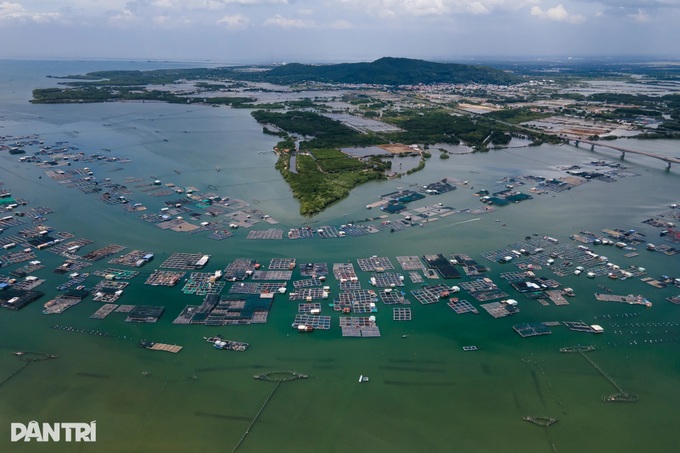
Nestled along the slopes of Nua Mountain and facing the Cha Va Estuary, the 56.7-square-kilometre commune is home to more than 17,700 residents.
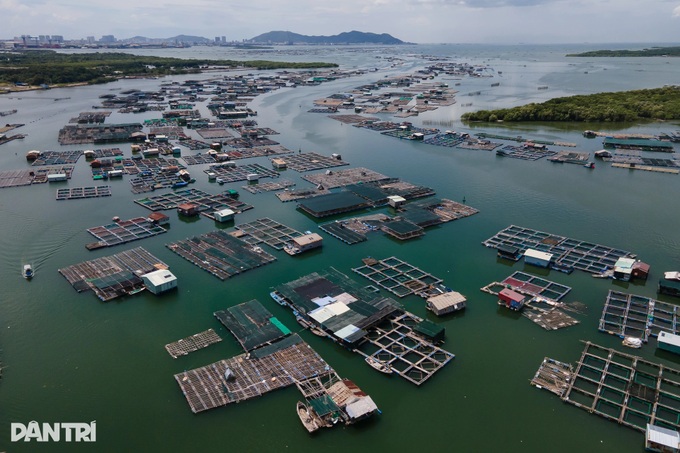
Linked to the mainland by the Go Gang and Ba Nanh bridges, Long Son has shed its isolation. The bridges have improved livelihoods and accelerated development across the island.
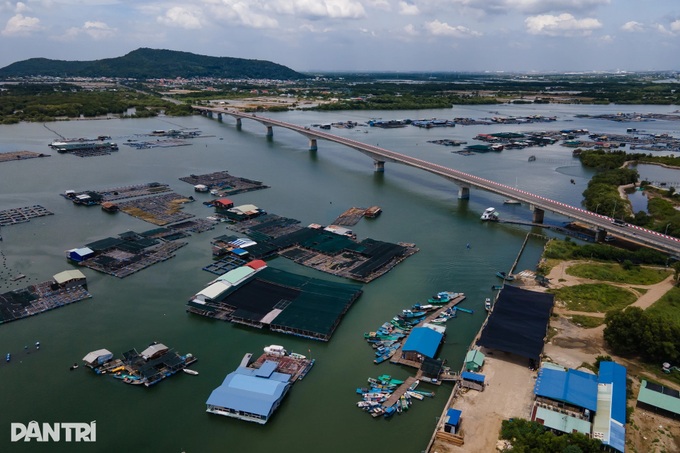
While industry expands, the commune continues to preserve its long-standing aquaculture traditions. Farmers are combining seafood farming with eco- and community-based tourism to promote sustainable growth.
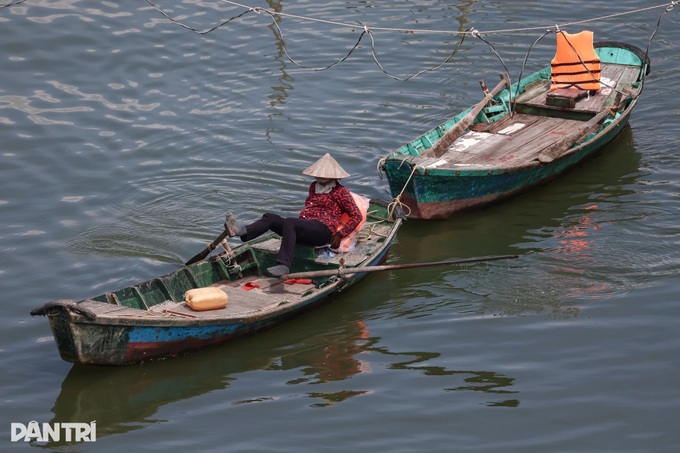
Many households have developed oyster and cobia farming along the Cha Va River, boosting incomes and livelihoods. Long Son’s milk oysters, now a regional delicacy, are supplied across HCM City and the southeast.
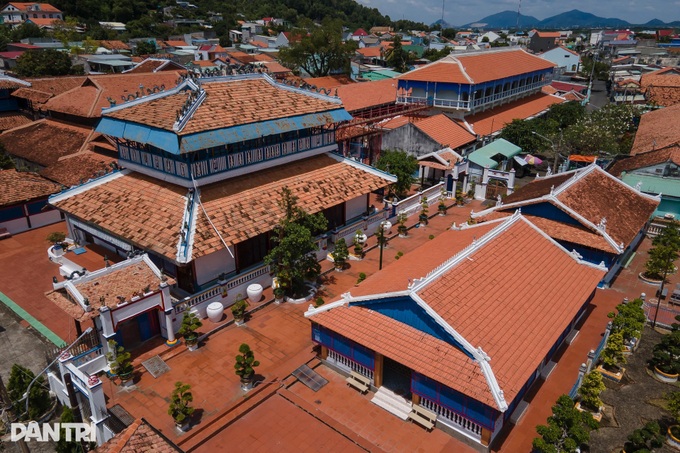
The island’s Long Son Great House (Nha lon Long Son), a traditional complex of temples and communal halls, stands as both a cultural landmark and a spiritual centre.
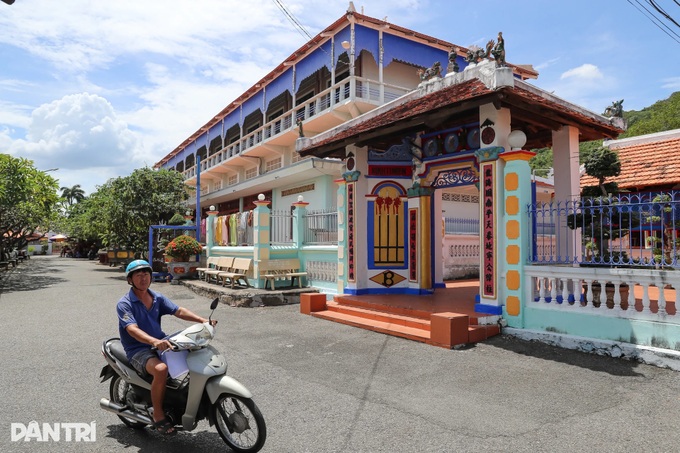
Long Son’s growth follows the principle of village within the city, combining modern urbanisation with mangrove and cultural preservation. A low-carbon eco-zone is planned at Go Gang.
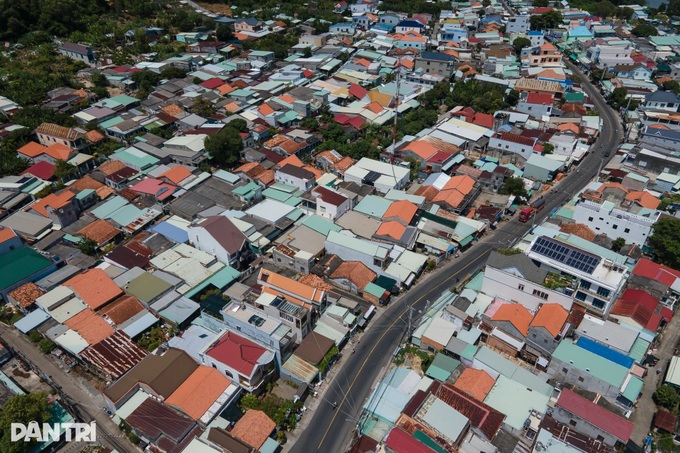
The commune is also developing a port cluster along the Cha Va River, part of the Cai Mep-Thi Vai logistics network, which is being built into a regional shipping hub.
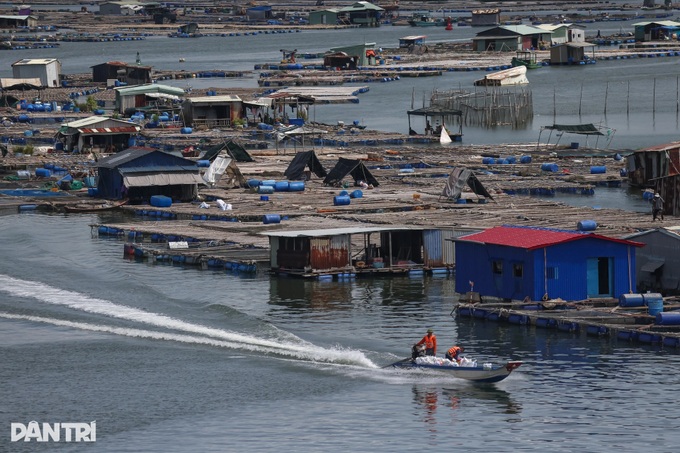
Infrastructure is advancing rapidly, with investment expected to exceed VND 43 trillion (USD 1.7 billion) between 2025 and 2030, including key roads and bridges.
